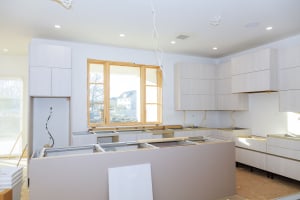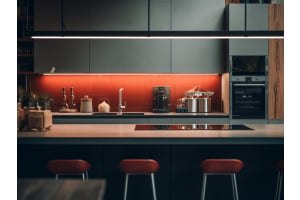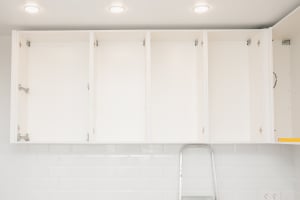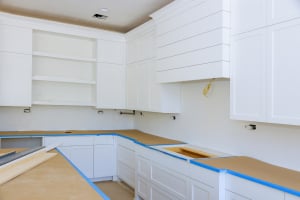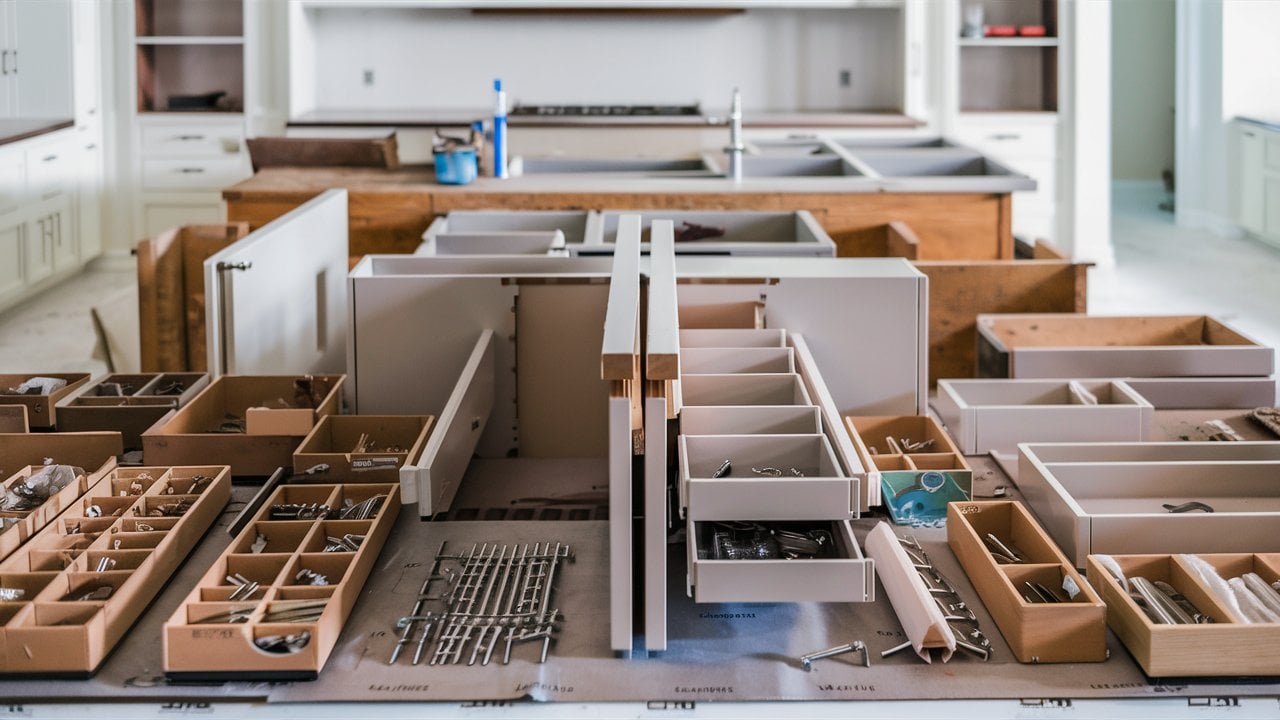
Kitchen cabinets are an often-overlooked part of the house. Once we move in and get settled, we barely give them a second thought. While they seem simple, they are actually made of several parts pieced together to make a functional yet aesthetically pleasing design.
Cabinets are composed of several key components that contribute to both their functionality and aesthetic appeal. The main parts include the frame, which consists of vertical support beams called stiles and horizontal connectors known as rails, forming the sturdy foundation. Panels create the walls, floor, and, for upper cabinets, the top.
Kitchen cabinet doors are essential for the cabinet's appearance, available in various styles such as raised (overlay) and inset (frameless). Handles, hinges, and slides complete the setup, allowing for easy access and operation. Proper kitchen cabinet installation is crucial to ensure all these elements work together seamlessly, creating a cohesive and practical kitchen space.
Types of Kitchen Cabinets
Cabinets come in three main styles: base cabinets under the counters, wall cabinets above counters, and tall cabinets beside counters. Base cabinets are deeper to allow for additional counter space, upper cabinets are shallower, and tall cabinets are often freestanding or wedged between a kitchen counter and a wall.
Some tall cabinets may be referred to as pantry cabinets. For those wondering how deep pantry cabinets should be, they should typically be as deep as the base cabinets. This allows the tall cabinet to function as an end wall to your regular cabinets and counters.
Pantry cabinets can also be freestanding cabinets placed against empty walls to give you even more storage space in the kitchen.
Cabinet Components
The foundation of all cabinets are their frame and panels. The frame is made of sturdy vertical support beams known as ‘stiles,’ and the horizontal part of the frame that connects the stiles are known as ‘rails.’ The panels are the 'walls' and 'floor' of the cabinet. Upper cabinets will have a panel on top, and base cabinets will typically be open to allow the counter to act as the 'ceiling' or 'roof.'
Doors are the next component and arguably the most important in terms of appearance. They can be intricate or simple. Some homeowners may also have installed glass in their kitchen cabinet doors, allowing them to see the contents of the cabinet.
Doors come in two mounting styles: raised (also known as ‘overlay’) and inset (also known as ‘frameless’ or ‘European’). An inset door is flush with the other doors and creates a wall-like appearance broken up only by the seams between doors. The overlay style is more traditional and features wood panel spacing between neighboring cabinet doors.
Finally, we come to handles, hinges, and slides. The hinges and slides are often standardized according to industry norms, but they may vary in color. Hinges allow the door to open and close easily, while the slides can be used to allow shelves to slide out. Slides can also be installed inside a cabinet so that there is no door, but several drawers instead.
Handles can vary considerably from simple knobs to intricate handles of different lengths. The goal should be to match the style of the handle to the door. For example, inset doors look best with small, narrow handles, and overlays look great with almost any type of handle, as long as the colors don’t clash.
Cabinets for Every Style and Taste
At 27EStore, we recognize that the look of your kitchen is a reflection of your personality. That’s why we have a wide selection of kitchen cabinetry in a variety of styles. Browse our full selection and see how 27EStore can make your dream kitchen a reality!


